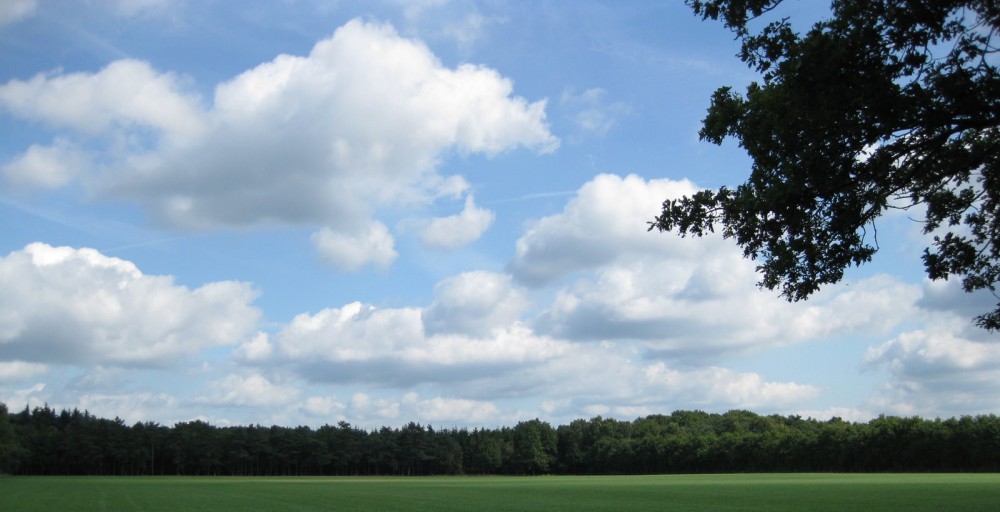[Advayavada Study Plan – week 5 of 13] In Secular Buddhism generally, the focus is on the correct interpretation and realization of the historical Buddha’s ‘four noble truths’: 1) the truth of the ubiquity of existential suffering in the world, 2) the truth that ignorant craving and attachment are the actual and immediate causes of such suffering, 3) the truth that this suffering shall cease altogether when we deal with and overcome its causes, and 4) the truth that the proven way to achieve this is by following the Noble Eightfold Path or Middle Way. In Advayavada Buddhism, the Path is understood dynamically, as an ongoing and fully autonomous, non-prescriptive, investigative and creative process of progressive insight, reflecting in human terms wondrous overall existence becoming over time in its manifest direction, this evolution or progress constituting, then, the fourth sign or mark or basic fact of being. It is composed stepwise of (1) our very best (samma in Pali and samyak in Sanskrit) comprehension or insight, followed by (2) our very best resolution or determination, (3) our very best enunciation or definition (of our intention), (4) our very best disposition or attitude, (5) our very best implementation or realization, (6) our very best effort or commitment, (7) our very best observation, reflection or evaluation and self-correction, and (8) our very best meditation or concentration towards an increasingly real experience of samadhi, which brings us to (1) a yet better comprehension or insight, and so forth.
Monthly Archives: January 2017
Advayavada Study Plan – week 4
[Advayavada Study Plan – week 4 of 13] Human beings experience existential suffering (see week 3) most often because they wrongly strive after and try to hold on to things, concepts and situations which they believe to be permanent and unchanging, but are not. Their mistaken view and understanding of things is essentially the result of a thirst, craving or clinging (called tanha in Pali and trishna in Sanskrit) which is in turn caused by their fundamental ignorance (avijja, avidya) or disbelief of the true nature of existence, particularly the changeability of everything (see week 1) and the selflessness and emptiness of all things (see week 2), and this thirst, craving or clinging, which is the second of the four noble truths of Buddhism, can moreover easily take on a more unwholesome form: already as sensuous desire, ill-will (vyapada), laziness, impatience or distrust will it seriously hinder the individual’s efforts to better his or her circumstances, as well as affect the efforts of others to improve theirs.
Advayavada Study Plan – week 3
[Advayavada Study Plan – week 3 of 13] Dukkha (Pali) or duhkha (Sanskrit) means suffering, sorrow; dissatisfaction; frustration; stress; gnawing unease; existential distress, caused a.o. by distrust of life and fear of retribution; it is the first of the four noble truths of Buddhism. In Advayavada Buddhism, dukkha or duhkha does not include emotional grief nor physical pain and is, above all, not seen as a permanent feature of reality: in the context of the four noble truths, it is essentially understood as the existential suffering in the sense of a basic frustration, even suffocation, caused by the unhealthy and socially infectious feeling that reality does not conform to the person’s desires and expectations; it is, in Advayavada Buddhism, the third of the four signs or marks or basic facts of being, and the unremitting persistency of human distress, alienation and conflict in the world is seen as being mainly due to the very many everywhere indeed not knowing or not understanding or simply disbelieving the real, i.e. durational and finite, nature of personal existence.
Advayavada Study Plan – week 2
[Advayavada Study Plan – week 2 of 13] Anatta (Pali) or anatman (Sanskrit) means no-self. The Buddhist anatta or anatmata doctrine teaches that no soul, spirit or self exists in the person in the sense of a permanent, eternal, integral, and independent substance; in Mahayana Buddhism, the nissvabhava doctrine teaches further that because in fact all things without exception are produced by interdependent origination (madhyamaka-pratityasamutpada), they are all invariably empty (shunya) of self-nature (svabhava); svabhava-shunyata (lit. self-nature emptiness) is a central notion in Madhyamaka philosophy. In Advayavada Buddhism, it is the second of the four signs or marks or basic facts of being, the other three being the impermanence or changeability of everything (see week 1), the ubiquity of existential suffering, and evolution or, in human terms, progress.
Advayavada Study Plan – week 1
[Advayavada Study Plan – week 1 of 13] Anicca (Pali) or anitya (Sanskrit) means impermanent, changeable, unstable, transitory, and it is the first of the three (in Advayavada Buddhism, four) signs or marks or basic facts of being. The Buddhist aniccata or anityata doctrine teaches that impermanence or changeability is the most fundamental property of everything existing; it lies at the very heart of the interdependent origination (madhyamaka-pratityasamutpada) and emptiness (shunyata) of all things, and evolution, progress and liberation would not be possible without it – karma is, in Advayavada Buddhism, this incessant universal process of interdependent origination of all things as it is undergone and experienced by sentient beings, our individual share of it being the everchanging knotlet of biopsychosocial (bps) events in which we are personally embedded.
